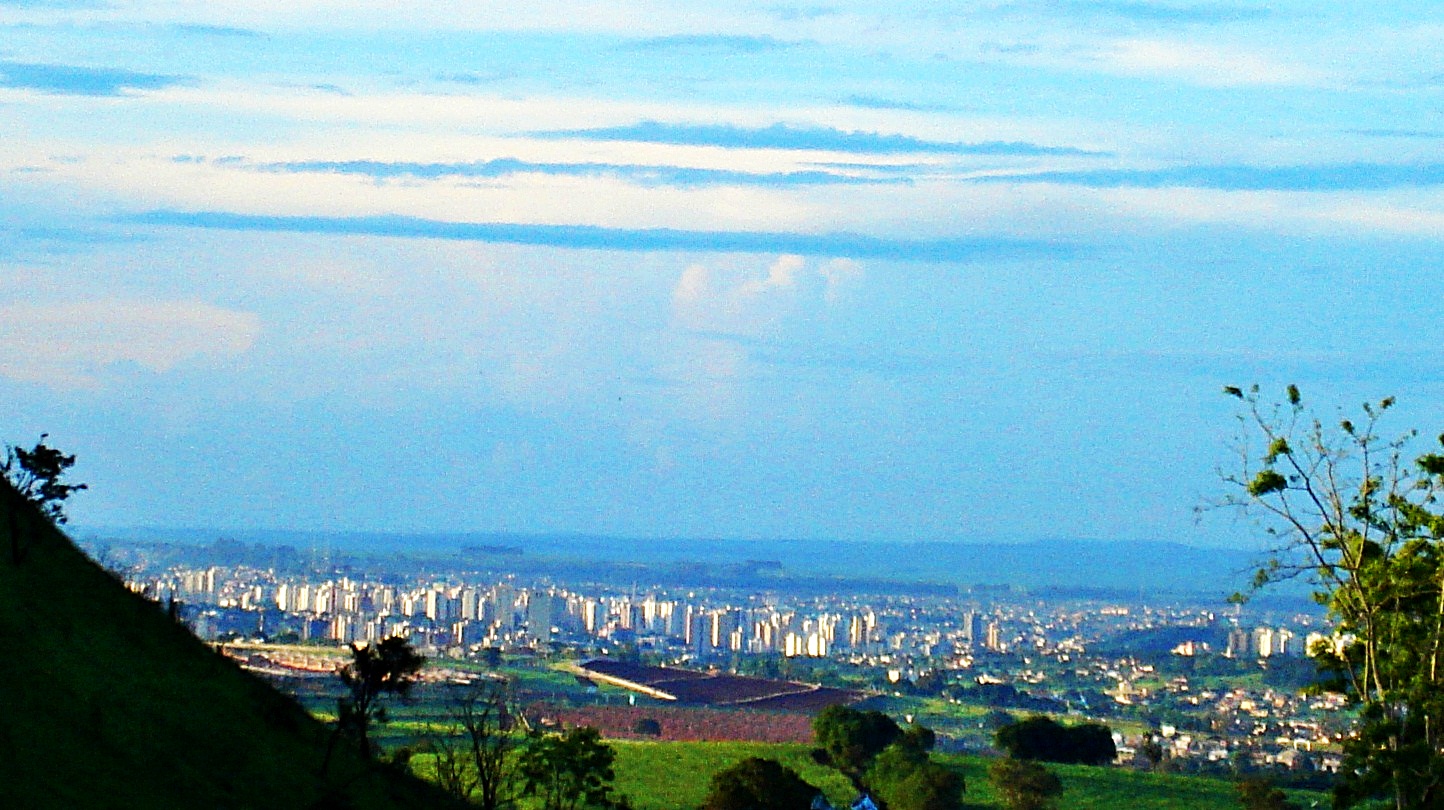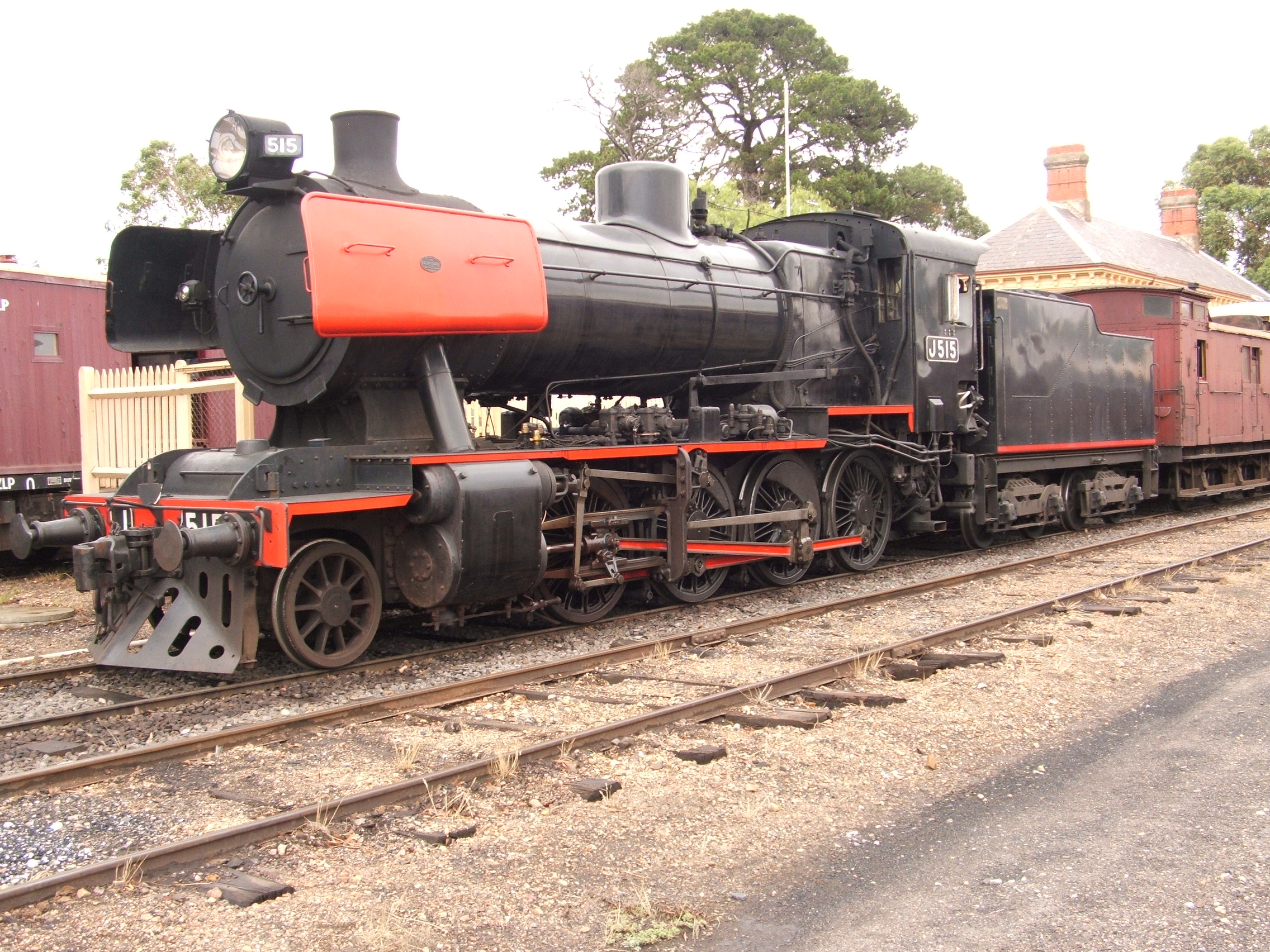|
Frateschi
The Brazilian company Indústrias Reunidas Frateschi (known as Frateschi) is a model railroad manufacturer based in Ribeirão Preto, near São Paulo, Brazil. Today Frateschi exports to Argentina, Canada, Chile, Colombia, Peru, Uruguay, United States, France, Spain, Switzerland, South Africa, China, Taiwan, New Zealand and Australia. Frateschi is the only model railroad manufacturer in South America. History Founded in 1958 as a toy factory by Galileu Frateschi, the company originally produced stuffed animals and wooden furniture. This was followed by the first model railway products such as telephone poles and pylons. In 1967, the toy factory Frateschi has been renamed to "Indústrias Reunidas Frateschi Ltda" to concentrate fully on model trains with its core business focused on Brazilian railways ( RFFSA, Fepasa, CPEF, EFS, etc.). In 1993 started a cooperation with Atlas and exported to the United States. The company annually organizes summits to promote the brand and gath ... [...More Info...] [...Related Items...] OR: [Wikipedia] [Google] [Baidu] |
EMD G22
The EMD G22 Locomotive Series made their debut in 1967 after the rise in popularity of the export EMD G12. Designed to meet most First World, Second World and Third World country requirements, the G22 Series was equipped with a naturally aspirated EMD 645 Series engine as well as four axle Flexicoil Type-B trucks which carried a low per-axle weight. Based on customer input, the G22 Series was defined by various designations that suited the customer's railway operations. The standard suffixes applied after the G22 designation were if the customer purchased locomotives with specific traction motors to fit Narrow Gauge (U) or Broad Gauge (W) rails. As the years progressed, the customers began to have more options available for their locomotives including EMD Dash 2 electronics, alternators instead of generators, A-1-A running gear and/or steam generators. The G22 designation could be freely applied to the designs of any EMD export model or a licensee of EMD as long as the electrica ... [...More Info...] [...Related Items...] OR: [Wikipedia] [Google] [Baidu] |
Model Railroad
Railway modelling (UK, Australia, New Zealand, and Ireland) or model railroading (US and Canada) is a hobby in which rail transport systems are modelled at a reduced Scale (ratio), scale. The scale models include locomotives, rolling stock, streetcars, rail tracks, tracks, Railway signal, signalling, Crane (machine), cranes, and landscapes including: countryside, roads, bridges, buildings, vehicles, harbors, urban landscape, model figures, lights, and features such as rivers, hills, tunnels, and canyons. The earliest model railways were the 'carpet railways' in the 1840s. The first documented model railway was the Railway of the Prince Imperial (French: Chemin de fer du Prince impérial) built in 1859 by emperor Napoleon III for his then 3-year-old son, also Napoleon, in the grounds of the Château de Saint-Cloud in Paris. It was powered by clockwork and ran in a figure-of-eight. Electric trains appeared around the start of the 20th century, but these were crude likenesses. M ... [...More Info...] [...Related Items...] OR: [Wikipedia] [Google] [Baidu] |
HO Scale
HO or H0 is a rail transport modelling scale using a 1:87 scale model, scale (3.5 mm to 1 foot). It is the most popular scale of model railway in the world. The rails are spaced apart for modelling standard gauge tracks and trains in HO.NMRA"Modeling Scales: Scale and Gauge. ''NMRA.org''. December 2000. Retrieved 4 March 2010. The name H0 comes from 1:87 scale being ''half'' that of O scale, 0 scale, which was originally the smallest of the series of older and larger 0, 1 gauge, 1, 2 gauge, 2 and 3 gauges introduced by Märklin around 1900. Rather than referring to the scale as "half-zero" or "H-zero", English-speakers have consistently pronounced it and have generally written it with the letters HO. In other languages it also remains written with the letter H and number 0 (zero); in German it is thus pronounced as . History After the First World War there were several attempts to introduce a model railway about half the size of 0 scale that would be more suitable ... [...More Info...] [...Related Items...] OR: [Wikipedia] [Google] [Baidu] |
Ribeirão Preto
Ribeirão Preto (Portuguese pronunciation: �ibejˈɾɐ̃w ˈpɾetu is a municipality and a metropolitan area located in the northeastern region of São Paulo state, Brazil. Ribeirão Preto is the eighth-largest municipality in the State with . It has an estimated population of 720,216 in 2021 and a metropolitan area of 1,178,910. It is located from the city of São Paulo and from Brasília, the federal capital. Its mean altitude is high. The city's average temperature throughout the year is , and the original predominant vegetation is the Atlantic forest. The city originated around 1856 as an agricultural region. Coffee was a primary income source until 1929 when it lost value compared with the industrial sector. In the second half of the 20th century, investment in health, biotechnology, bioenergy, and information technology led to the city being declared a Technological Center in 2010. These activities have caused the city to have the 30th biggest gross national (GN ... [...More Info...] [...Related Items...] OR: [Wikipedia] [Google] [Baidu] |
Rumo Logística
Rumo, formerly known América Latina Logística (ALL), is a Brazilian logistic company, mainly focused in the railway line logistics in Brazil, being the largest company in Latin America in this segment, the company also provides transportation services such as logistics, intermodal transport, port operations, movement and storage of merchandise, administration of storage facilities and general storage. It is also involved in lease of railroad equipment to third parties, and offers road transport services in Brazil through América Latina Logística Intermodal S.A. History The company was founded as "Ferrovia Sul Atlântico" in 1997 and is headquartered in Curitiba, Paraná state. Pursuant to a privatization process it began operating lines in Paraná, Santa Catarina, and Rio Grande do Sul. It began operations in São Paulo state in 1998, and later (2001) acquired Delara Ltda, a Brazilian logistics company also operating in Argentina, Chile, and Uruguay. Operations were exten ... [...More Info...] [...Related Items...] OR: [Wikipedia] [Google] [Baidu] |
EMD G8
The EMD G8 is a model of diesel-electric locomotive of which 382 were built between 1954 and 1965 for both export and domestic use. They were built by both Electro-Motive Division in the United States and by General Motors Diesel Division in Canada for use in ten countries, being equipped to operate on several different track gauges. Overview The G8 was built for use in Australia, Canada, Brazil, Cuba, Egypt, Indonesia, Iran, South Korea, Liberia, and New Zealand ( DB class). The 1967 Israeli invasion of Sinai captured Egyptian G8 number 3256, which became Israel Railways number 251. The G8 was also built in Australia under licence by Clyde Engineering, with Victorian Railways purchasing a total of 89 between 1955 and 1969, with later variants including a redesigned cab, carbody and radiator (the G8B) and those built after 1967 (the G18B) equipped with the newer EMD 645 engine rather than the EMD 567 which had been fitted to the earlier locomotives. They were design ... [...More Info...] [...Related Items...] OR: [Wikipedia] [Google] [Baidu] |
EMD G12
The EMD G12 is a class of export locomotive built by GM-EMD, and its Canadian affiliate General Motors Diesel. In addition, Australian licensee Clyde Engineering built ten locomotives for New Zealand in 1957, five for Hong Kong, 23 for Queensland, fourteen for Western Australia and seven for BHP. Australian licensee Commonwealth Engineering also built 42 for Queensland Rail in 1964–66. Many examples were built in the 1950-1960s for railroads around the world. They are powered by EMD 12-567C prime movers rated at ; some have been rebuilt with EMD 645 engines. The A1A-A1A version had a lower axle loading than the Bo-Bo version. Original Owners Bo-Bo version Australia * 7 BHP Whyalla DE class Brazil A total of 241 locomotives: * 2 Estrada de Ferro de Goiás 5201–5202 * 30 Mogiana Railway 3001–3030 * 43 Estrada de Ferro Noroeste do Brasil 1101–1143 * 17 Rede de Viação Paraná-Santa Catarina * 18 São Paulo Railway 700–717 * 25 Rede Mineira de Viação 2201� ... [...More Info...] [...Related Items...] OR: [Wikipedia] [Google] [Baidu] |
GE U5B
The GE Universal Series are a series of diesel locomotives intended for the export market introduced by General Electric in early 1956. General Electric had previously partnered with Alco, producing locomotives for export using Alco’s 244 engine, and provided electrical parts for Alco’s domestic production. However, with the advent of the Universal Series, GE ended its partnership with Alco and entered the export locomotive market on its own. The export-oriented Universal Series should not be confused with the “U-Boats” for the North American market, which began with the U25B. The Universal Series are built to a much smaller loading gauge (Bern loading gauge) and are significantly lower in weight when compared to US locomotives sharing the same engine and horsepower rating. Universal Series locomotives can also be identified by the lack of battery boxes that are usually found under the cabins of North American locomotives. Naming convention The designations of the Uni ... [...More Info...] [...Related Items...] OR: [Wikipedia] [Google] [Baidu] |
2-8-0
Under the Whyte notation for the classification of steam locomotives, represents the wheel arrangement of two leading wheels on one axle, usually in a leading truck, eight powered and coupled driving wheels on four axles, and no trailing wheels. In the United States and elsewhere, this wheel arrangement is commonly known as a Consolidation, after the Lehigh and Mahanoy Railroad’s ''Consolidation'', the name of the first 2-8-0.White, John H. Jr. (1968). ''A history of the American locomotive; its development: 1830-1880''. New York: Dover Publications, p. 65. The notation 2-8-0T indicates a tank locomotive of this wheel arrangement, the "T" suffix indicating a locomotive on which the water is carried in side-tanks mounted on the engine rather than in an attached tender. The Consolidation represented a notable advance in locomotive power. After 1875, it became "the most popular type of freight locomotive in the United States and was built in greater quantities than any other si ... [...More Info...] [...Related Items...] OR: [Wikipedia] [Google] [Baidu] |
Companhia Mogiana De Estradas De Ferro
Rail transport in Brazil began in the 19th century and there were many different railway companies. The railways were nationalised under RFFSA (Rede Ferroviária Federal, Sociedade Anônima) in 1957. Between 1999 and 2007, RFFSA was broken up and services are now operated by a variety of private and public operators, including América Latina Logística, Companhia Paulista de Trens Metropolitanos and SuperVia. Most railways in Brazil are for freight transportation or urban passenger transportation. Only two inter-city passenger railways survive: the Carajás Railway (connecting Pará and Maranhão) and the Vitória to Minas Railway (connecting Espírito Santo and Minas Gerais). Track gauge The rail system in Brazil operates on three rail gauges: * Broad gauge: gauge * Metre gauge: gauge * Standard gauge: gauge: ** line 5 of the São Paulo Metro, so that it can use "off the shelf" equipment. ** Estrada de Ferro do Amapá in the middle of the Amazon Rainforest also used s ... [...More Info...] [...Related Items...] OR: [Wikipedia] [Google] [Baidu] |









